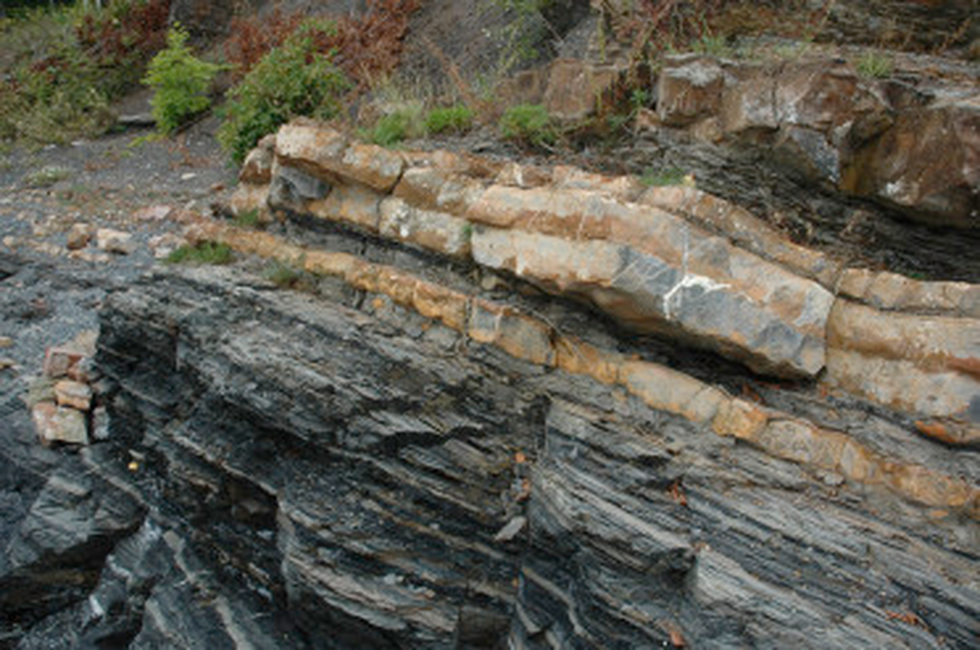Recent studies have revealed significant potential for hydrocarbon generation in the eastern region of the South Karanpura coalfield, located in the Ramgarh district of Jharkhand. Evidence from microscopic palynomorphs (organic remains) combined with geochemical assessments indicates promising prospects, particularly in the eastern Sirka coalfield. This area shows greater potential for hydrocarbon generation compared to the northern Giddi coalfield.
Importance of South Karanpura Coalfield
The South Karanpura coalfield consists of 28 major coal blocks and is well-known for its vast coal deposits. With growing energy demands and interest in hydrocarbon exploration, attention has shifted towards unconventional resources such as coal bed methane and shale gas in this region. The development of these resources is crucial for the nation’s energy strategy, which focuses on cleaner and more sustainable energy sources.
Determining Hydrocarbon Potential
Hydrocarbon generation potential in a source rock is influenced by the concentration of organic matter, which is shaped by the environmental conditions in which the rock was formed. A team of scientists from the Birbal Sahni Institute of Palaeosciences (BSIP), under the Department of Science and Technology (DST), conducted a comprehensive study to evaluate the hydrocarbon potential of the South Karanpura coalfield.
Methodology: Analyzing Organic Remains and Geochemistry
Scientists analyzed microscopic remains, such as pollen, spores, and organic matter (palynomorphs), through a laboratory technique called Rock-Eval pyrolysis. This technique assesses the potential for hydrocarbon generation by cracking organic matter in rock samples. The study focused on sediments from the Sirka and Giddi C coalfields within the Damodar Basin.
- Sample Collection: Samples were collected from freshly exposed quarry faces of Sirka Colliery and Giddi C Colliery in the Argada area, Hazaribagh district. These samples came from coal, carbonaceous shale, and sandstone layers.
- Parameters Analyzed: Key parameters, including palynofacies, free hydrocarbons (S1), heavy hydrocarbons (S2), pyrolyzable carbon (PC), and residual hydrocarbons (RC), were analyzed to assess the hydrocarbon potential.
Findings: High Hydrocarbon Potential in the Eastern Region
The samples, which belong to the Permian (Barakar) deposits, suggest that favorable conditions for hydrocarbon generation exist in the eastern region of the South Karanpura coalfield. The findings indicate that this region holds high hydrocarbon resource potential, particularly in the Sirka coalfield.
Future Implications
This research, published in the Journal of Asian Earth Sciences-X, offers critical insights for future hydrocarbon exploration efforts. While the results are promising, further detailed studies are necessary to confirm the economic viability of hydrocarbon extraction from this area. Continued exploration and development could contribute to India’s energy security.
Multiple Choice Questions (MCQs):
- Which coalfield in the South Karanpura region has shown higher potential for hydrocarbon generation?
- A) Giddi coalfield
- B) Sirka coalfield
- C) Jharia coalfield
- D) Bokaro coalfield
Answer: B) Sirka coalfield
- What method was used by scientists to assess the hydrocarbon potential in the South Karanpura coalfield?
- A) Radiocarbon dating
- B) X-ray diffraction
- C) Rock-Eval pyrolysis
- D) Seismic reflection
Answer: C) Rock-Eval pyrolysis
- The samples collected for the study belonged to which geological period?
- A) Jurassic
- B) Triassic
- C) Permian
- D) Cretaceous
Answer: C) Permian
- Which institution conducted the study on the hydrocarbon potential of the South Karanpura coalfield?
- A) Geological Survey of India (GSI)
- B) Indian Institute of Science (IISc)
- C) Birbal Sahni Institute of Palaeosciences (BSIP)
- D) National Geophysical Research Institute (NGRI)
Answer: C) Birbal Sahni Institute of Palaeosciences (BSIP)
- Which district in Jharkhand is the South Karanpura coalfield located?
- A) Dhanbad
- B) Bokaro
- C) Ramgarh
- D) Ranchi
Answer: C) Ramgarh
